Subjective Realities? FORUM & WEBINARForum Task: Susan Sontag (1977) makes the observation: "In deciding how a picture should look, in preferring one exposure to another, photographers are always imposing standards on their subjects" (Sontag, 1977: 6) Post to the forum below:
My response: I am interested in the work of Ori Gersht as his career his work is concerned with the relationships between history, memory, and landscape, which resonates with my own recent ideas and work for my research project. This photograph from the ‘Liquidation’ (2005) series adopts a poetic, metaphorical approach to exploring the difficulties of visually representing conflict and violent events experienced by his family living in Poland during the German occupation in WW2. Gersht’s compositions often reference the landscapes of German Romanticism, with the work of Caspar David Friedrich being particularly pertinent to this series. Gersht achieves a painterly fluidity through long-exposures, sometimes taken while moving, and often overexposes his film images to achieve a liquefied effect. In doing this, he muddles the landscape’s legibility and the photographs faithfulness to reality. Although his work is rooted deeply in his family history, the images themselves call into question the ability of photography and human memory to reflect our histories accurately. I have been exploring my own past through walks or derives in my surrounding area. I am reminded of Barthes words of every photograph being a chilling reminder of human mortality and have tried to capture this feeling of time passing and the memory of ‘having been there’ in the style of Gersht using movement and long exposure. The green tinge of Gersht’s image has given an ethereal, almost twilight aesthetic to his image, probably through using tungsten film in daylight, whereas I have used an infrared filter to help with the long exposure I needed and to give a colder, wintery feel to reflect the feeling of mortality in my photograph. In your tutor webinar you are asked to consider the way(s) you 'make' or 'construct' photographs and identify and evaluate the visual choices you have made. You will reflect on your peers' interpretations of your work and consider how you might adapt your photographic practice (visually / technically / conceptually) in response. Prepare for your Webinar
I have also been exploring focus stacking to get a real sense of depth to an image, which was inspired by the work of Edward Burtynsky who also adopts this technique. The idea is still of time and memory, but to make the images more immersive. It is hard to achieve this when viewed on screen, but I feel would look better as a large print.
Reflection Guidance
four ways, in terms of flatness, frame, time and focus. ‘They define the picture’s depictive content and structure. They form the basis of a photograph’s visual grammar’. I have attempted to show more of a reality feel to my landscape photographs by using focus stacking to add more depth to the images.
In our 10/10 session with fellow students, I have received good feedback again, with ‘other worldly’ and ‘horror’ both being mentioned as to how my images have been decoded by them. I am pleased with this response as I do not expect the viewer to share my code but would rather the images invoked their own memories and thoughts. Moving forwards: What are your action points? Where are you going next? I will now work at refining my long exposure/ infrared images and build a series ready for my next 10/10 meeting. I also intend to start printing out photos to put up and ‘live with’ to start planning sequencing and editing. As secondary projects I will continue exploring focus stacking and start to create constructed landscapes in Photoshop. Photos from week 3:
0 Comments
Leave a Reply. |
Archives
April 2022
Categories |
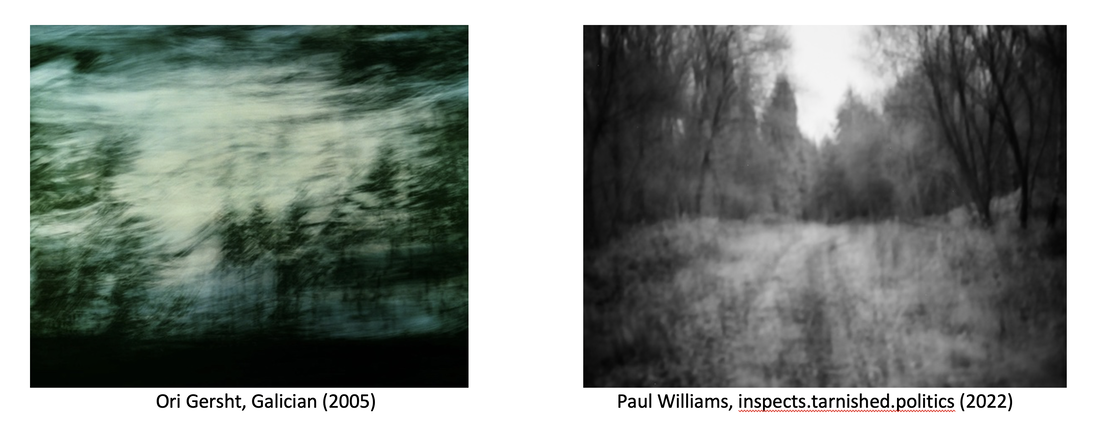


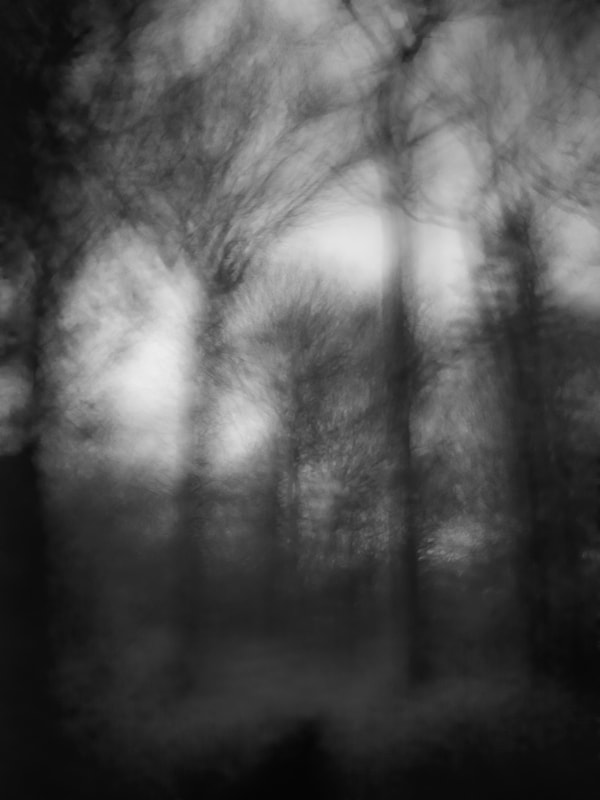
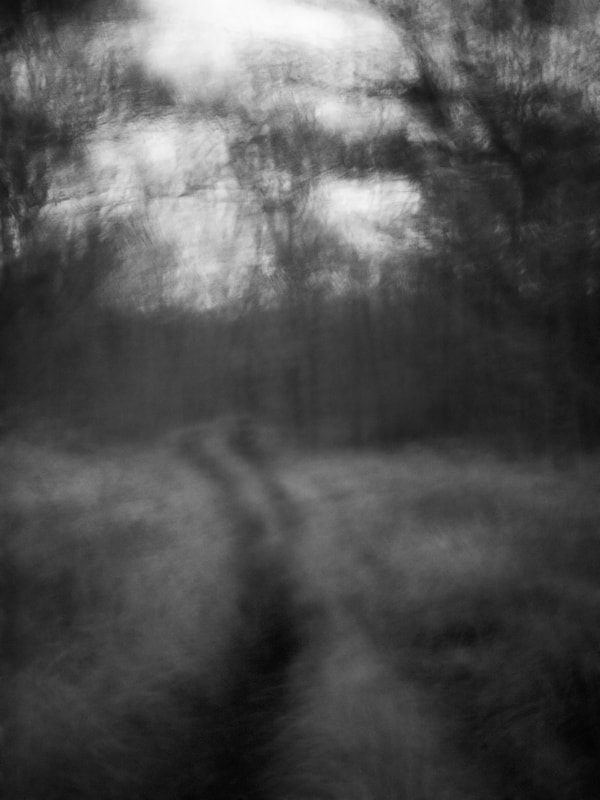
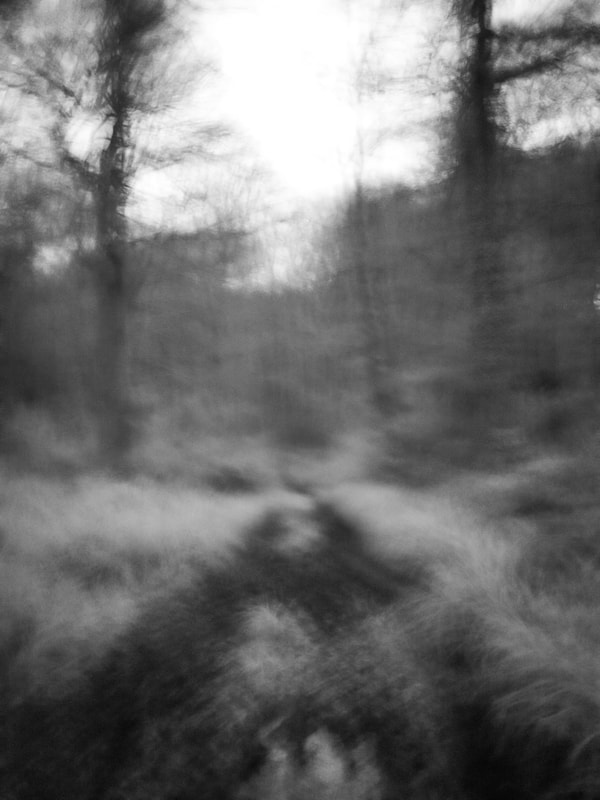
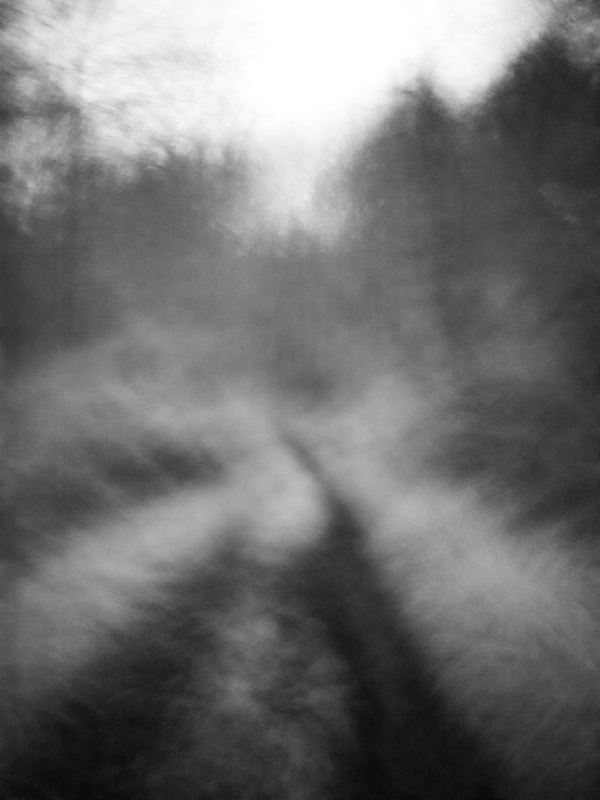
 RSS Feed
RSS Feed